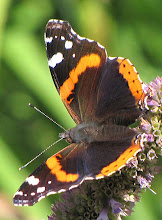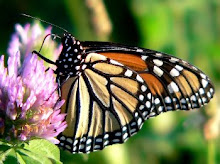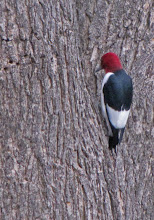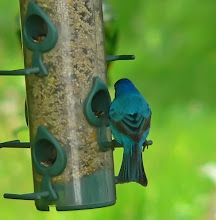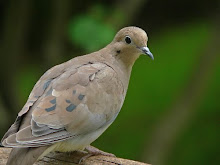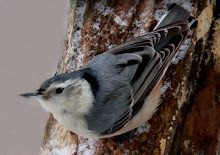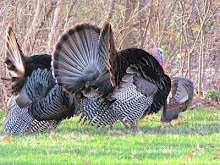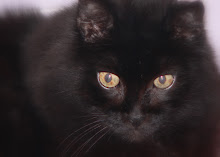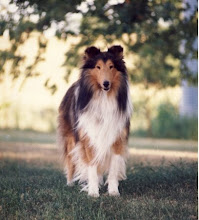One of my favorite combinations. Lots of color and texture, each complimenting the others.
 An interesting combination, but not my favorite. The Dr Rupel clematis and Eglantyne rose are both in one large pot set amongst other perennials. A darker clematis would probably have looked better with this pale rose. (All the associated hassle of keeping perennials in a container summer and winter wasn't worth it anymore, so I gave the pot and plants to my sister. )
An interesting combination, but not my favorite. The Dr Rupel clematis and Eglantyne rose are both in one large pot set amongst other perennials. A darker clematis would probably have looked better with this pale rose. (All the associated hassle of keeping perennials in a container summer and winter wasn't worth it anymore, so I gave the pot and plants to my sister. ) I showed this pair earlier in the spring. It was a happy accident that the iris picked up the chive color and that they bloomed at the same time.
I showed this pair earlier in the spring. It was a happy accident that the iris picked up the chive color and that they bloomed at the same time.  A photo from June. Clematis look good with roses. I bought several to plant beside roses and let the vine trail around and through the rose and nearby perennials. In some cases it was too messy, but this pair looks good together. Keeping the vine where you want it is a challenge. Both these flowered haevily through June.
A photo from June. Clematis look good with roses. I bought several to plant beside roses and let the vine trail around and through the rose and nearby perennials. In some cases it was too messy, but this pair looks good together. Keeping the vine where you want it is a challenge. Both these flowered haevily through June. I wasn't thinking when I put yellow yarrow beside a pink rose. It turned out better than I could have ever hoped for. The yarrow compliments the yellow center in Peace and they look good side by side. The yarrow's ferny silver foliage helps by makeing a nice contrasty texture. Lambs ear (at the bottom) is great with pink.
I wasn't thinking when I put yellow yarrow beside a pink rose. It turned out better than I could have ever hoped for. The yarrow compliments the yellow center in Peace and they look good side by side. The yarrow's ferny silver foliage helps by makeing a nice contrasty texture. Lambs ear (at the bottom) is great with pink. Silver lambs ear and May Night just don't make a pleasant combination. Both the colors and the shapes just aren't complimentary. It needs something added to make this pair look their best.
Silver lambs ear and May Night just don't make a pleasant combination. Both the colors and the shapes just aren't complimentary. It needs something added to make this pair look their best. This looks even worse in the garden than in the photo. In my defense, I didn't expect them to bloom at the same time. Thought the sea holly would bloom later. If I replaced the liatris with some darker oriental lilies might work better.
This looks even worse in the garden than in the photo. In my defense, I didn't expect them to bloom at the same time. Thought the sea holly would bloom later. If I replaced the liatris with some darker oriental lilies might work better. I like these two daylilies together. The deep wine color is perfect with the yellow and gold . The dark daylily is almost black when it first opens and fades to a pleasant red/purple later in the day.
I like these two daylilies together. The deep wine color is perfect with the yellow and gold . The dark daylily is almost black when it first opens and fades to a pleasant red/purple later in the day.



















































